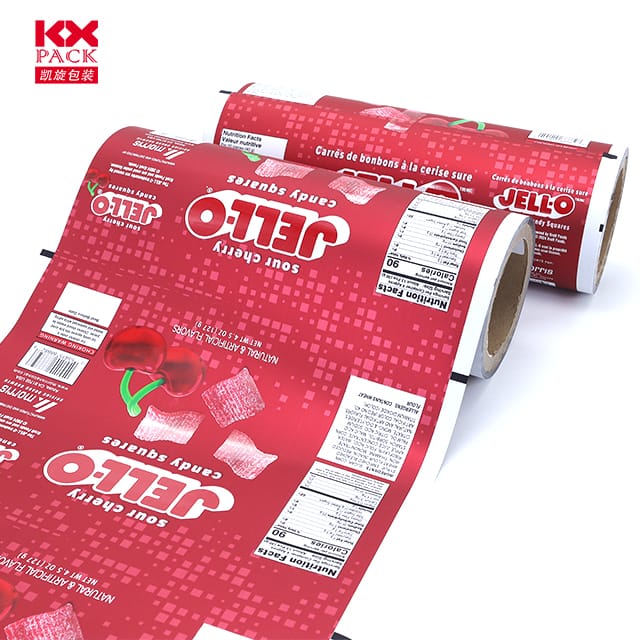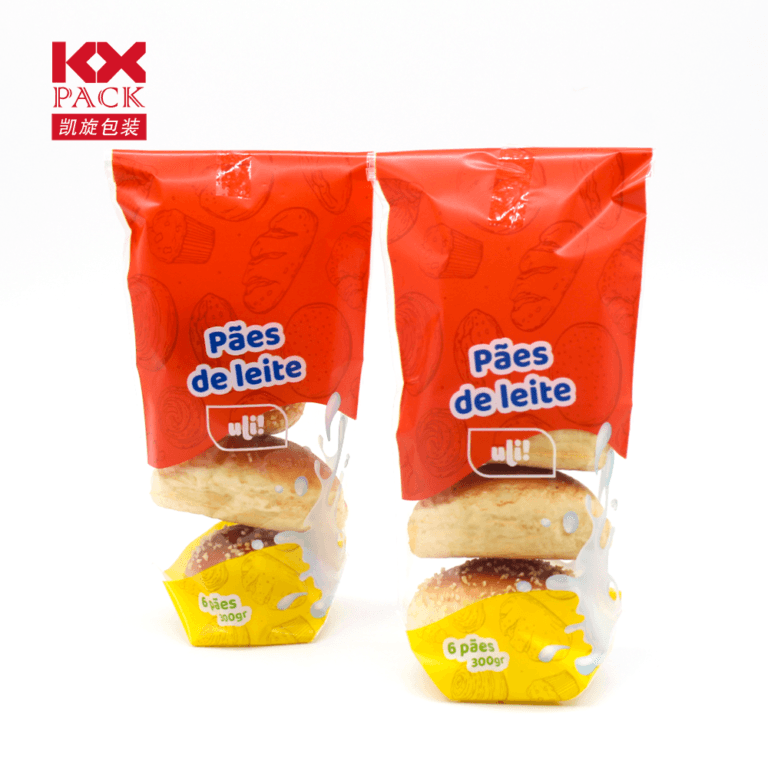A rugalmas filmcsomagolás növekedése: Innováció, Fenntarthatóság, és az ipar átalakulása
Rugalmas filmek csomagolása
In the dynamic world of packaging, flexible films packaging játékváltóvá vált, Az iparágak átalakítása az élelmiszerek és a gyógyszerek a személyes gondozásig és a logisztikáig. A könnyűsúlya határozza meg, alkalmazható, és nagy teljesítményű anyagok, flexible packaging now accounts for a significant share of the global market—estimated at$270.96 milliárd be 2023 and projected to grow at aCagr 4.8% keresztül 2030. This surge is driven by its ability to meet evolving consumer demands, regulatory pressures, és fenntarthatósági célok. Let’s explore why flexible films are becoming the packaging solution of choice.
1. Key Properties: Why Flexible Films Stand Out
Rugalmas filmek csomagolása are engineered to balance functionality and efficiency. Their defining features include:
- Lightweight and Portable: Unlike rigid packaging (PÉLDÁUL., glass or metal), flexible films reduce material use and transportation costs. A single truckload of flexible films can carry the equivalent of 10 truckloads of glass jars, slashing carbon emissions.
- Barrier Protection: Advanced multilayer structures—combining polymers like polyethylene (PE), polipropilén (BOPP), vagy polivinil -klorid (PVC) with aluminum foil—create impermeable barriers against oxygen, nedvesség, és fény. This extends shelf life for perishables like meat and cheese by up to 50% compared to traditional packaging.
- Hőmérsékleti ellenállás: Flexible films withstand extreme conditions, from oven-safe pouches for ready-to-eat meals to freezer-grade films for frozen foods.
- Testreszabás: Films can be tailored to product shapes, minimizing waste and maximizing product-to-package ratios. This precision is critical for single-serve snacks, pet treats, and pharmaceutical blisters.
2. Industry Applications: From Food to Pharmaceuticals
Rugalmas filmek csomagolása have disrupted multiple sectors by offering cost-effective, high-performance solutions:
- Étel & Ital: The largest market segment, flexible films dominate snack packaging, fresh produce wraps, and microwaveable meals. Például, stand-up pouches with resealable zippers reduce food waste by keeping contents fresher longer.
- Kisállatétel: Innovations like lightweight treat packs and bulk sacks with odor-barrier layers cater to pet owners’ demands for convenience and freshness.
- Egészségügyi ellátás & Pharmacy: Sterile, tamper-evident blister packs and peelable pouches ensure drug safety and compliance with strict regulatory standards.
- Logistics & E-Commerce: Tartós, puncture-resistant films protect goods during shipping, while shrink-wrap films secure pallets for efficient transportation.
3. Fenntarthatóság: The Driving Force Behind Adoption
As environmental concerns mount, flexible films are evolving to meet circular economy goals:
- Reduced Carbon Footprint: Manufacturing Rugalmas filmek csomagolása requires 60% less energy than rigid alternatives like glass. Their lightweight nature also cuts fuel consumption during shipping.
- Recyclable and Compostable Options: Innovations like mono-material PE films and plant-based compostable films (PÉLDÁUL., NATIVIA® by Taghleef Industries) egyre nagyobb teret nyernek. Some brands now use 100% újrahasznosított tartalom in their films.
- Waste Reduction: Rugalmas filmek csomagolása generate 80% less landfill waste than rigid packaging due to their efficient material use.
azonban, A kihívások megmaradnak. Multi-layer films, while high-performing, are often non-recyclable. Industry leaders are investing inchemical recycling ésadvanced sorting technologies to address this gap.
4. Future Trends: What’s Next for Flexible Films?
The market is poised for transformative growth, driven by:
- Okos csomagolás: Integration of IoT sensors to monitor freshness or QR codes for supply chain transparency.
- Advanced Adhesives and Substrates: New laminations improve barrier properties without adding thickness, enabling thinner, erősebb filmek.
- Szabályozási megfelelőség: Stricter eco-laws (PÉLDÁUL., EU’s Single-Use Plastics Directive) are pushing brands to adopt sustainable films.
- Consumer Convenience: Visszazárható, easy-open, and single-dose designs cater to on-the-go lifestyles.
Következtetés: Flexible Films as the Future of Packaging
Flexible films packaging is no longer just an alternative—it’s a necessity for brands aiming to stay competitive in a fast-paced, eco-conscious market. By combining innovation, fenntarthatóság, és sokoldalúság, these materials are redefining how products are protected, bemutatott, and preserved. As technology advances, expect flexible films to become even smarter, greener, and more integral to global supply chains.
Ready to embrace the future of packaging? Whether you’re a brand owner, manufacturer, or consumer, the shift to flexible films is a win for efficiency, fenntarthatóság, and the bottom line.
Sources: Flexible Packaging Association, AMI Plastics, Taghleef Industries, Market Research Reports (2023–2030)







